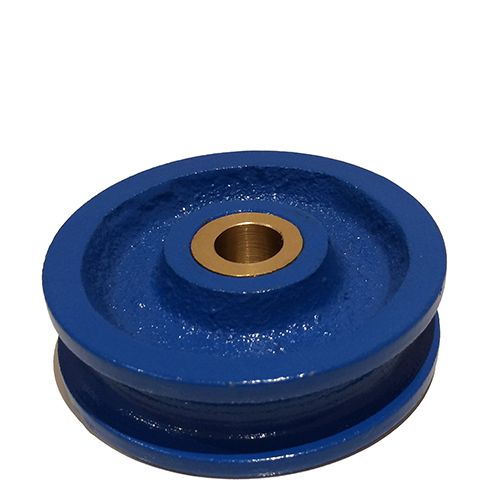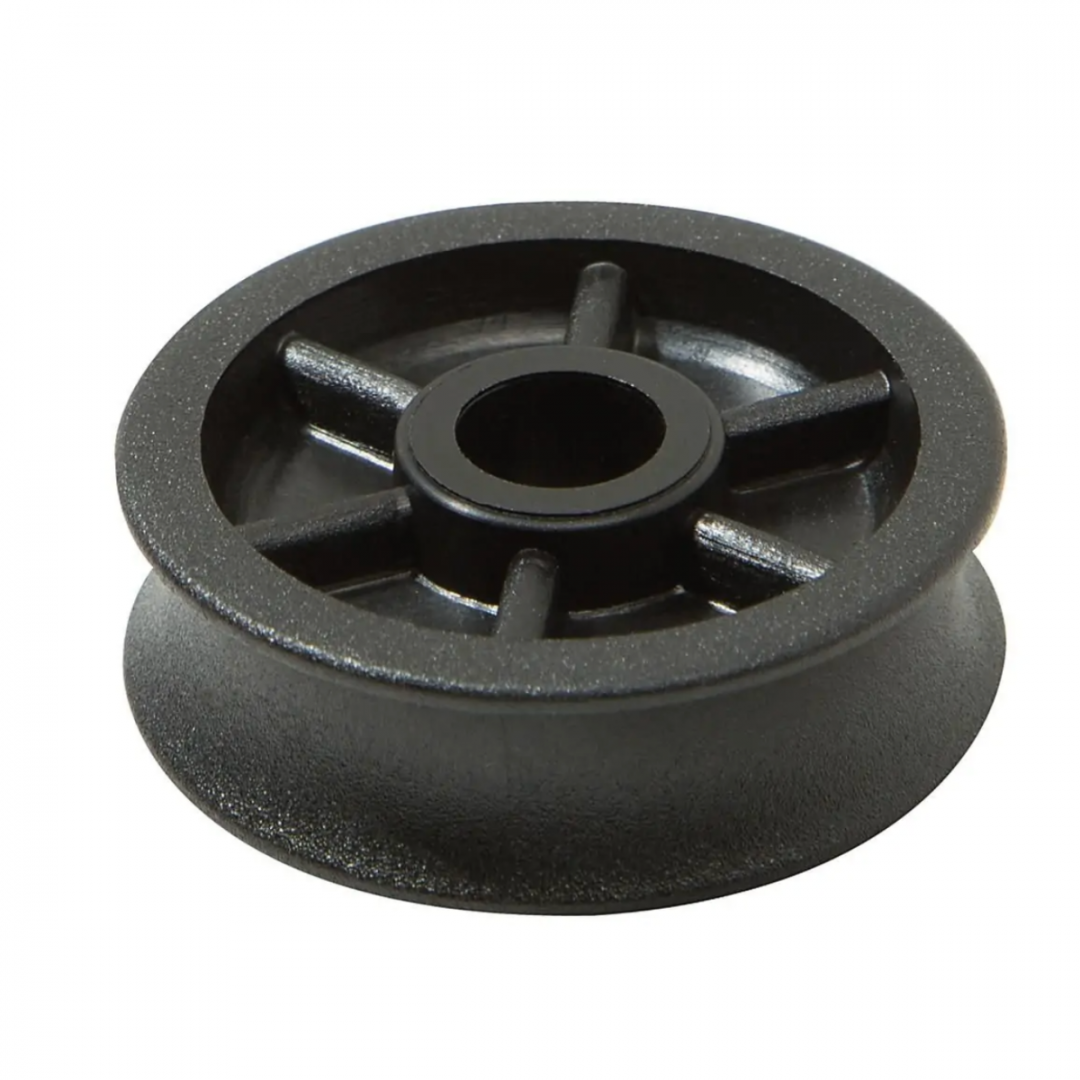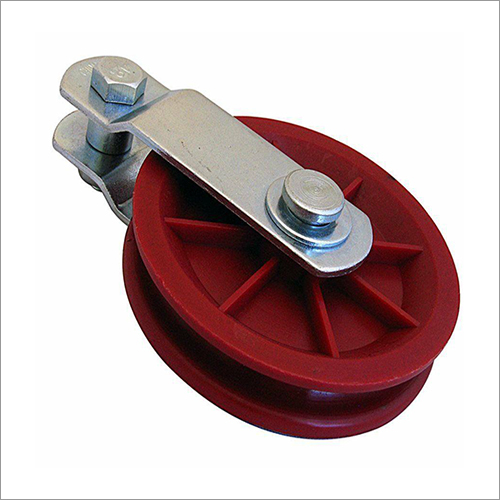Product Description
HangZhou CHINAMFG Hardware Products Co., Ltd. is located in HangZhou, a beautiful coastal city in China. Main Business: Laser Cutting, Punching, Shearing, Bending, Pressing, Welding Metals & Materials: Carbon Steel, Stainless Steel, Aluminum, Alloy steel, Copper, Brass, etc. Machining Equipments: laser cutting machine, CNC punching machine, shearing machine, bending machine, welding machine, drilling machine, polishing machine, etc. Surface Finish: Powder coating, Zinc coating, Galvanization, Electro-deposition coating, Chrome/zinc/nickel plating, Polishing, Silkscreen, Black oxide Application: Our products have been used in Medical, Wind powership buildingThe locomotive Engineering machineryElectric power equipmentEquipment shellThe advertising industrynon-standard parts and special equipment. Inspection: All the products are strictly inspected by operator and skilled QC with record put down. Baichao sheet metal process regards quality as a core issue.Certificate: ISO9001:2000,GB Advantages: Low MOQ (5-10 Pcs samples for checking at first is available.)Short lead time.OEM/ODM manufacturer and trading company; Highly experienced teamInvesting in the first-class brand laser cutting technology. Provide a consistently accurate laser cutting service.Use ‘state of the art’ high speed laser cutters, plus CNC bending machinery.
aluminium anodic oxidation rope/belt pulley for gym aluminium alloy gym pulley wheel
|
Brand name:
|
Huarui
|
Delivery time:
|
3-5 days ODM high
|
|
Place of origin:
|
ZheJiang ,China
|
Color:
|
Customized
|
|
Material:
|
Stainless steel, aluminum,brass,hardened metals
|
Tolerance:
|
0.01-0.05mm
|
|
Process:
|
Cnc machining
|
MOQ:
|
1 piece
|
Product Description
PRECISION CNC MACHINING
1.High quality products and perfect after-sales service.
2.More competitive price than other suppliers
3.Own 10 years experience.
4.Delivery on time.
5.products inspect 100% using high accuracy tools to ensure that the minimum error.
6.Offering design and improvement scheme freely.
Custom CNC machining parts
1.ODM&OEM service are all welcomed
2.Practicable Software: Solidworks,Pro/Engineer,Auto CAD,PDF,JPG
3.Small orders accept
4.Reasonable and competitive price according to your drawings
Custom CNC machining parts
1.ODM&OEM service are all welcomed
2.Practicable Software: Solidworks,Pro/Engineer,Auto CAD,PDF,JPG
3.Small orders accept
4.Reasonable and competitive price according to your drawings
Custom CNC machining parts
1.ODM&OEM service are all welcomed
2.Practicable Software: Solidworks,Pro/Engineer,Auto CAD,PDF,JPG
3.Small orders accept
4.Reasonable and competitive price according to your drawings
Company Profile
Our objective is to develop and produce merchandise to meet your exact specifications and offer an extensive range of styles to
ensure that we can satisfy your expectations and budget.
We’ve been able to provide total solutions to clients in a variety of industries. To find out if we’re the right OEM for you,contact us today.
Welcome to offer a trial order with your drawings!
Customer Photos
Our Advantage
1).Competitive Price directly from the original manufacturer.
2).Professional QC and R&D teams to assure high quality;
3). Short lead time for building molds and manufacturing mass production;
4). Advanced measurement equipment
5). Small quantity order also is welcomed.
6).We do OEM works, as per your drawings, samples or ideas.
7).Rich experience and good technology support (have more than 10 years experience in machining design , machining manufacturing ).
We have been walking in the forefront of the market, to ensure that the changes in the market, product updates and services arewalking in front of the industry. To “the quality of survival, reputation promote development, respect for the interests of
partners” for the purpose. Through unremitting efforts, to support the specification of the market operators and a variety ofbenefits
We specially gathered HangZhou,China outstanding technology, management and marketing personnel,and we have a good production
system. Mainly to undertake OEM, and ODM business.Taking ‘Honesty service, quality first ‘as business principle, company has won a good reputation in the industry.FAQ
Q: ARE YOU TRADING COMPANY OR MANUFACTURER ?
A: We are factory.
Q: HOW LONG IS YOUR DELIVERY TIME?
A: Generally it is 5-10 days if the goods are in stock. or it is 15-20 days if the goods are not in stock, it is according to
quantity.
Q: DO YOU PROVIDE SAMPLES ? IS IT FREE OR EXTRA ?
A: Yes, we could offer the sample for free charge but do not pay the cost of freight.
Q: WHAT IS YOUR TERMS OF PAYMENT ?
A: Payment=1000USD, 30% T/T in advance ,balance before shippment.
| Application: | Fastener, Auto and Motorcycle Accessory, Hardware Tool, Machinery Accessory |
|---|---|
| Standard: | GB, EN, API650, China GB Code, JIS Code, TEMA, ASME |
| Surface Treatment: | Anodizing |
| Production Type: | Batch Production |
| Machining Method: | CNC Machining |
| Material: | Nylon, Steel, Plastic, Brass, Alloy, Copper, Aluminum, Iron |
| Samples: |
US$ 3/Piece
1 Piece(Min.Order) | |
|---|
| Customization: |
Available
| Customized Request |
|---|

How do wheel pulleys affect the performance of lawn and garden equipment?
Wheel pulleys play a significant role in influencing the performance of lawn and garden equipment. Here’s a detailed explanation:
1. Power Transmission:
Wheel pulleys are responsible for transmitting power from the engine or motor to various components of lawn and garden equipment. For example, in lawnmowers, wheel pulleys transfer power from the engine to the cutting blades, enabling them to rotate and cut grass effectively. Wheel pulleys ensure efficient power transmission, allowing the equipment to perform its intended tasks with sufficient power and torque.
2. Belt-Driven Systems:
Many lawn and garden equipment, such as lawnmowers, tillers, and snow blowers, utilize belt-driven systems where wheel pulleys play a crucial role. The pulleys are connected to the engine or motor shaft, and a belt is engaged with these pulleys to transfer power to the corresponding components. Wheel pulleys provide the necessary grip and traction on the belt, ensuring smooth power transfer and minimizing slippage. This enables the equipment to operate consistently and efficiently.
3. Control of Speed and Output:
Wheel pulleys in lawn and garden equipment can be designed with different sizes or ratios to control the speed and output of the equipment. By using pulleys of varying diameters, the rotational speed can be adjusted. For example, in a lawnmower, a larger pulley on the engine and a smaller pulley on the cutting blades will increase the blade speed, resulting in a faster cutting action. This allows the equipment to be customized for different applications and user preferences.
4. Tension and Alignment:
Wheel pulleys help maintain proper tension and alignment of belts in lawn and garden equipment. Tensioning mechanisms, such as adjustable pulley positions or tensioners, are incorporated to ensure optimal tension in the belts. Proper tension prevents belt slippage and ensures that the belts remain tightly engaged with the wheel pulleys. Additionally, wheel pulleys may have crowned surfaces or tracking guides to aid in belt alignment, reducing the risk of misalignment and optimizing performance.
5. Durability and Wear Resistance:
Lawn and garden equipment often operate in demanding outdoor environments, where exposure to dirt, debris, and moisture is common. Wheel pulleys are designed to be durable and resistant to wear and corrosion. They are typically made of materials such as steel or durable plastics with appropriate coatings or treatments to withstand the harsh conditions. This ensures the longevity and reliability of the equipment, minimizing the need for frequent maintenance or replacement of the pulleys.
6. Maintenance and Replacement:
Proper maintenance and timely replacement of wheel pulleys are important in lawn and garden equipment. Regular inspection helps identify any wear, misalignment, or damage to the pulleys or belts, ensuring optimal performance and preventing potential failures. When necessary, damaged or worn wheel pulleys should be replaced to maintain the reliability and functionality of the equipment.
Overall, wheel pulleys significantly affect the performance of lawn and garden equipment by enabling power transmission, facilitating belt-driven systems, controlling speed and output, maintaining tension and alignment, and ensuring durability. Their proper functioning and maintenance are essential for efficient and reliable operation, allowing users to achieve desired results in maintaining their lawns and gardens.

How does the design of a wheel pulley affect its performance?
The design of a wheel pulley plays a crucial role in determining its performance characteristics. Here’s a detailed explanation of how the design of a wheel pulley affects its performance:
1. Groove Profile:
The groove profile of the wheel pulley is designed to match the shape and dimensions of the belt, rope, or cable used in the power transmission system. An appropriate groove profile ensures proper belt tracking, maximum contact area, and effective power transmission. The design of the groove can also minimize slippage and maximize grip, enhancing the overall performance of the pulley.
2. Diameter and Size:
The diameter and size of the wheel pulley impact its mechanical advantage and speed ratio in the power transmission system. By adjusting the pulley’s diameter or size, the speed and torque can be modified to meet the requirements of the application. A larger pulley diameter can provide higher belt or rope speeds, while a smaller pulley diameter can increase torque output.
3. Material Selection:
The choice of material for the wheel pulley affects its durability, strength, and resistance to wear and corrosion. Common materials used for wheel pulleys include metals such as steel, aluminum, or cast iron, as well as high-strength plastics. The material selection is based on factors such as load capacity, operating conditions, and environmental considerations. The right material choice ensures optimal performance and longevity of the pulley.
4. Construction and Reinforcement:
The construction and reinforcement of the wheel pulley are important for its ability to withstand the anticipated loads and stresses. The pulley may have additional features such as flanges, spokes, or ribs to increase structural integrity and distribute the load evenly. Reinforcement techniques such as ribbing, webbing, or strengthening inserts can enhance the pulley’s performance under heavy loads or high-speed applications.
5. Balance and Alignment:
The balance and alignment of the wheel pulley are critical for smooth operation and to minimize vibrations. Imbalances or misalignments can lead to excessive wear, noise, and reduced efficiency. Proper manufacturing techniques and precision machining ensure that the pulley is well-balanced and aligned, resulting in improved performance and longevity.
6. Bearing and Shaft Design:
The bearing and shaft design of the wheel pulley are essential for its rotational stability and smooth operation. High-quality bearings, selected based on load capacity and speed requirements, ensure low friction and reliable performance. The shaft design, including length, diameter, and keyway specifications, is tailored to handle the anticipated loads and provide secure power transmission.
7. Surface Coatings and Treatments:
In certain applications, wheel pulleys may undergo surface coatings or treatments to enhance their performance. Coatings such as corrosion-resistant finishes or low-friction coatings can reduce wear and extend the pulley’s lifespan. Surface treatments can also improve grip and reduce slippage, leading to better power transmission efficiency.
By considering factors such as groove profile, diameter and size, material selection, construction and reinforcement, balance and alignment, bearing and shaft design, and surface coatings or treatments, the design of a wheel pulley can significantly impact its performance. A well-designed pulley ensures optimal power transmission, efficiency, durability, and reliability in various applications.

How does a wheel pulley differ from other types of pulleys?
A wheel pulley differs from other types of pulleys in several ways. Here’s a detailed explanation of the differences:
1. Shape and Design:
A wheel pulley is specifically designed in the shape of a wheel, featuring a circular disc with a groove or grooves along its circumference. This design allows for the engagement of a belt or rope. In contrast, other types of pulleys, such as V pulleys or flat pulleys, have different shapes and groove configurations tailored to their specific applications.
2. Belt or Rope Engagement:
Wheel pulleys typically have a single groove along the circumference to accommodate a belt or rope. The groove provides a secure grip on the belt or rope, ensuring efficient power transmission. In contrast, V pulleys have V-shaped grooves that work in conjunction with V-belts, providing enhanced grip and preventing belt slippage. Flat pulleys, on the other hand, have flat surfaces that engage with flat belts.
3. Power Transmission:
Wheel pulleys are primarily used for power transmission in mechanical systems. They connect to a power source, such as an electric motor or an engine, and transfer rotational motion and power to other components or machines through the belt or rope. In contrast, other types of pulleys may have specific functions beyond power transmission, such as tensioning or redirecting the path of the belt.
4. Speed and Torque Regulation:
Wheel pulleys can be used to regulate the speed and torque in mechanical systems by changing the size of the pulley or using pulleys of different diameters. This allows for speed control and torque amplification or reduction. Other types of pulleys, such as V pulleys or variable-diameter pulleys, may offer additional mechanisms for speed and torque adjustment.
5. Mechanical Advantage:
While wheel pulleys can provide mechanical advantage in certain configurations, such as using multiple pulleys or incorporating fixed and movable pulleys, other types of pulleys are often more commonly associated with mechanical advantage systems. For example, block and tackle systems commonly use multiple pulleys to achieve mechanical advantage for lifting heavy loads.
6. Applications:
Wheel pulleys are widely used in various mechanical systems for power transmission, including machinery, automotive systems, conveyor systems, and lifting equipment. Other types of pulleys, such as V pulleys, are commonly found in applications where enhanced grip and torque transfer are required, such as in industrial machinery and automotive engines.
7. Belt or Rope Type:
Wheel pulleys can accommodate various types of belts or ropes, depending on the system requirements. Common belt types include V-belts, flat belts, or round belts. Other types of pulleys may be specifically designed to work with a particular belt type, such as V pulleys for V-belts or timing pulleys for toothed belts.
Overall, a wheel pulley differentiates itself from other types of pulleys through its circular wheel shape, single groove design, primary focus on power transmission, and versatility in accommodating different belt or rope types. Understanding the distinctions between different pulley types enables their appropriate selection for specific mechanical system requirements.


editor by CX
2023-10-21